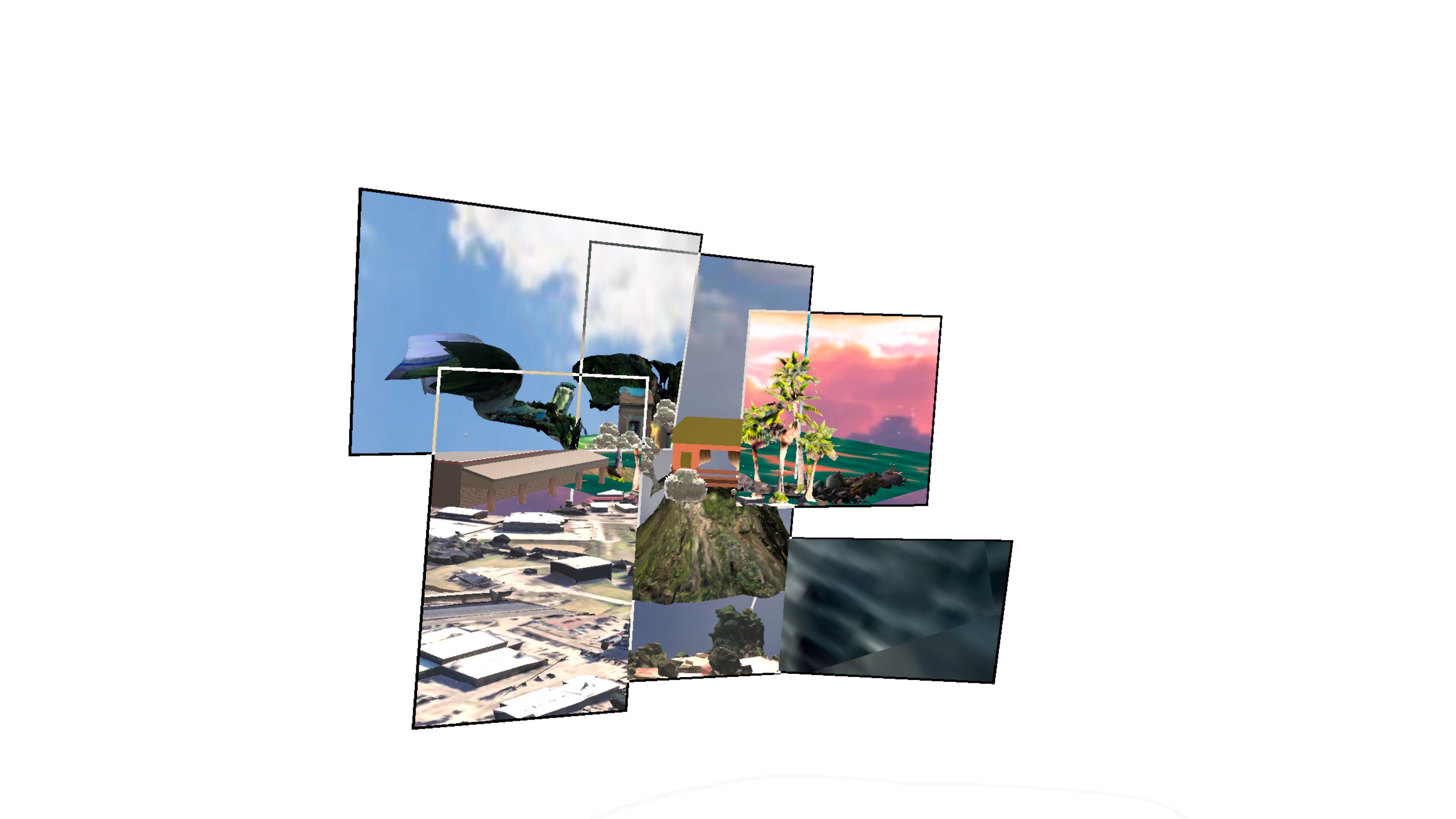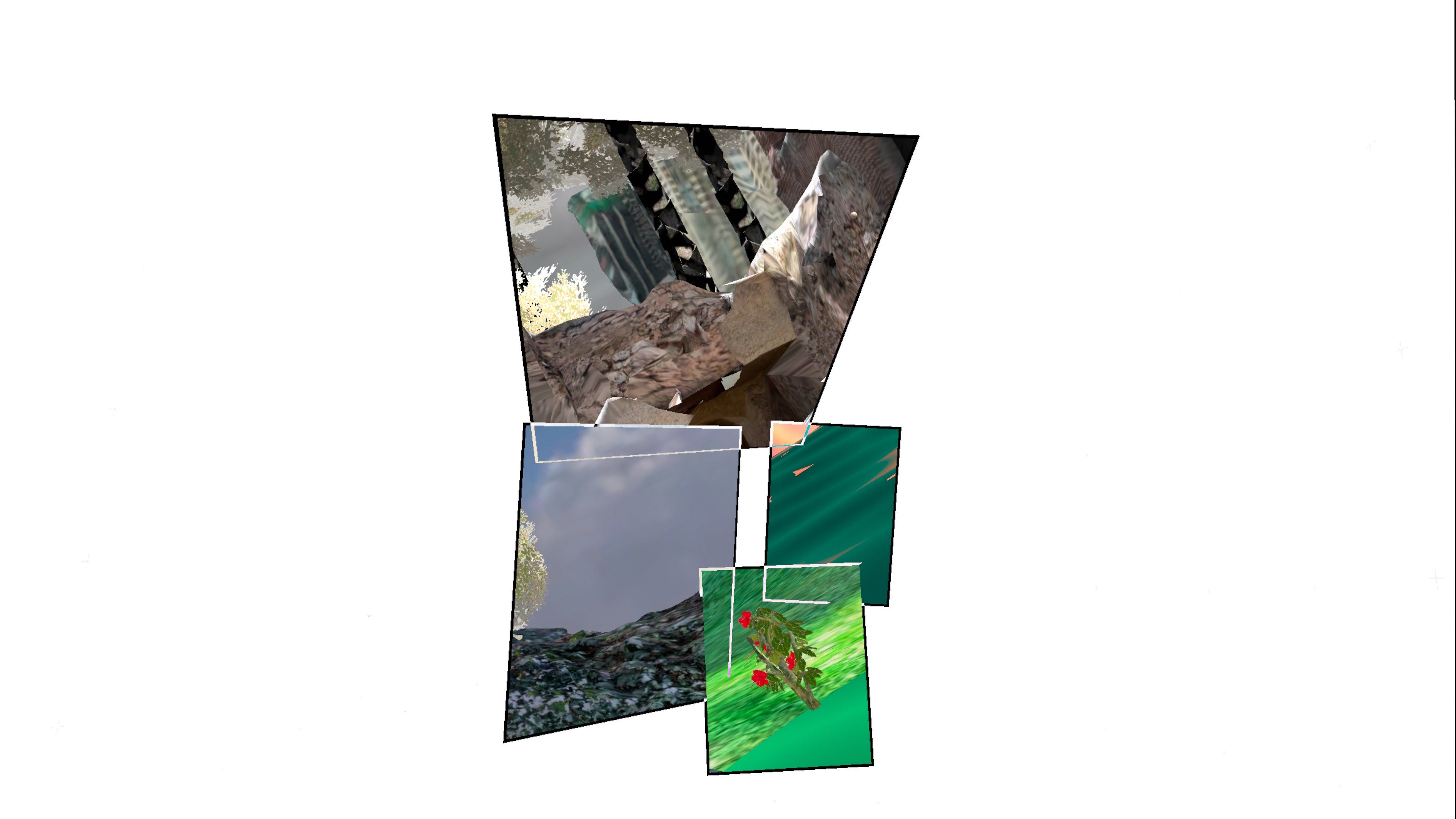








The metaverse is understood as the internet transformed into a spatial experience. It is this spatial component that becomes the topic of architectural design and discourse.
Architects such as Patrik Schumacher understand the metaverse as an opportunity primarily to more deeply connect institutions of commerce and the flow of money. Renders made by Zaha Hadid Architects speculate on the physical sites of companies and their offices dispersed throughout the world, as well as virtual extensions which seamlessly interconnect them.
Schumacher indicates an understanding of the malleability of space and scale, as well as the freedom of interaction that is possible in virtual space. He cites Benedikt Michael’s Cyberspace, hypothesizing that “that there will be a number of different competing kinds of cyberspaces, ‘each with its own culture, appearance, lore and law.’”
The kind of metaverse that Schumacher talks about, therefore, is one conceived of his own interests in capital, digital economies, and how such spaces fit into existing logics of urban and national territories. His Liberaland project is most emblematic of this—a proposed micronation located “between Croatia and Serbia” that acts as a cryptocurrency hub.
This thesis chooses to engage with the metaverse on different terms, with particular interest in how Filipino people engage with the internet. However, the way Schumacher approaches his understanding and proposals for the metaverse reveals issues with the internet and identity which are central to this thesis.